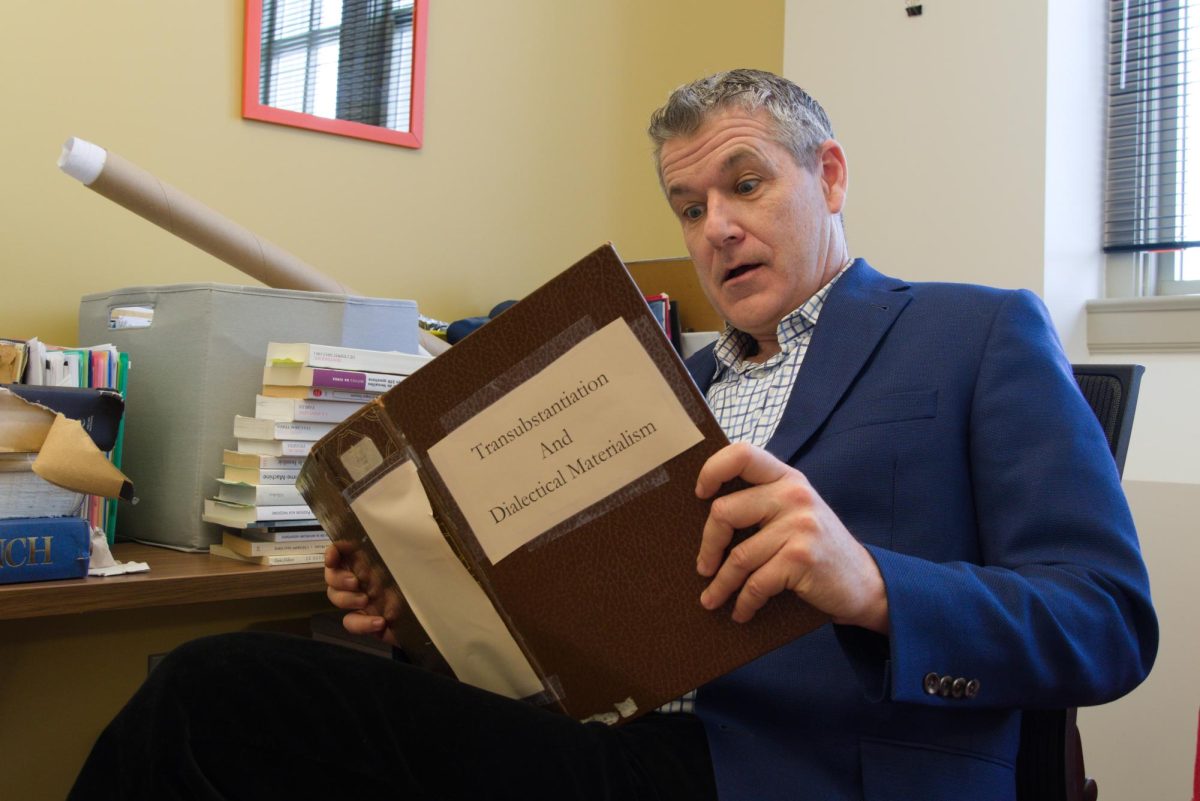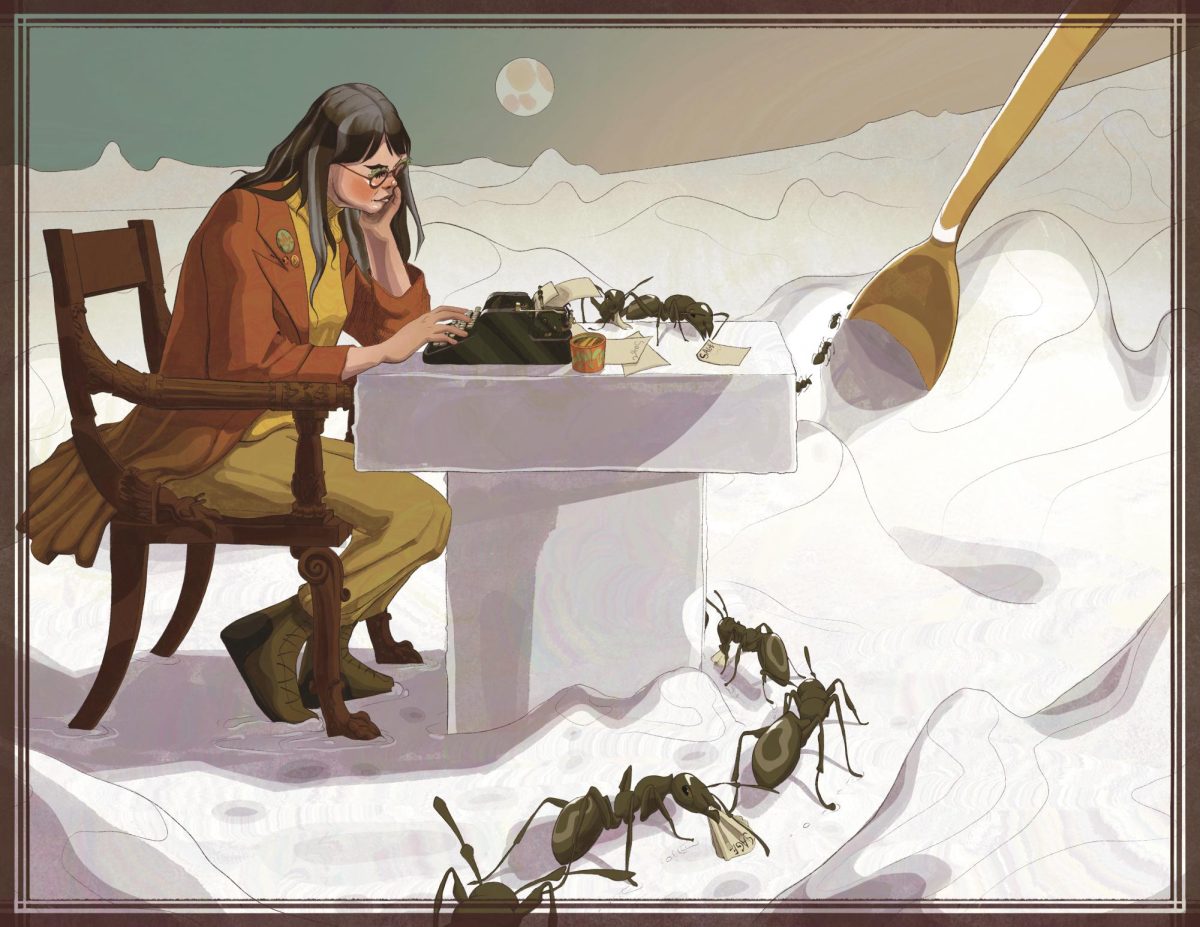The Election of 1800 was a turning point in many ways. It included two parties with formal tickets, much like those of today. It would also end in a tie throwing the election to the House of Representatives and be the first election to oversee the transfer of power between rival parties. For this reason, the election is often called the “Revolution of 1800.”
In the electoral stalemate between Thomas Jefferson and Aaron Burr, a new form of politics would creep in. The mechanisms of how Hamilton convinced several Federalists to sway their vote is reminiscent of a political phrase thrown around today, “the lesser of two evils.” It would turn out to be an effective strategy, as Jefferson would ultimately be elected with help from a group of Federalists sympathetic to Hamilton’s ideas.
In Alexander Hamilton’s letter to James Bayard, he lays out not why Jefferson is an ideal candidate, but why Burr is an impossible one. Hamilton starts by quelling the notion that he intends to be an “apologist” for Jefferson or the fact that he would want to be. Hamilton goes on to list many of his perceived imperfections.
The most aggressive language, however, is reserved for the shortcomings of Burr. Hamilton berates Burr as an egomaniac who will use the executive to accomplish his own goals and establish “permanent power” for himself. The letter ends with a vivid display of accountability for the chosen candidate — “if he acts ill, we must share in the blame.”
In a sense, the Revolution of 1800 can be viewed as a transformation of politics from ideological purity to pragmatic bargaining. Just as in 1800, 2024 voters may find themselves driven more by fear of the opposition than a love for their chosen candidate. It is important to know that these dilemmas are not new and have been a part of the political debate since its founding. The intense partisanship and negative campaigning that we see today are not anomalies, but rather recurring features of American politics.

























































